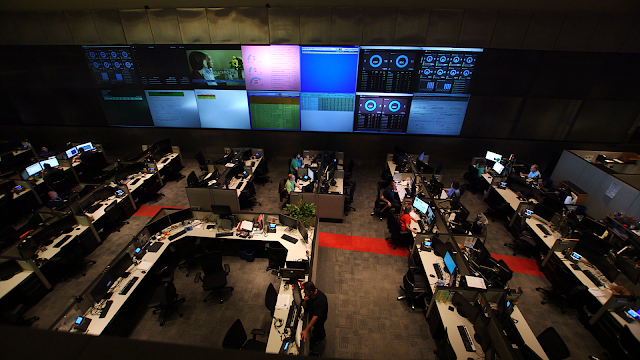Editor's note: Today we hear from Dan Tisone, VP of Global IT at BioDot, a low volume dispensing manufacturer specializing in biotech applications. Learn how BioDot’s 60 employees use Android and Chrome devices to work closely together and build better products.
I’ve led IT at BioDot since my father, a former research and development engineer at Nokia Bell Labs, founded the company in 1994. Since then, I’ve seen workplace technology evolve from clunky desktops and servers to the fast, cloud-based devices we use today.
Our transition to Google started with Gmail in 2009. Through Gmail we discovered Google Apps like Drive, Hangouts and Docs. Google Apps are affordable and easy to use, so when we needed to purchase computers and smartphones for our employees the following year, we chose Google Chrome and Android products. Today, we have 42 Android smartphones, as well as a few dozen Chromebooks and Chromeboxes.
As an international business headquartered in Southern California with satellite offices in Asia and Europe, our sales team travels a great deal, and tends to use their smartphones more than laptops, whether they’re at the airport, in between meetings or in a taxi. They use Google Docs to review contracts and Google Slides to create new business presentations from their Android phones while traveling. They can even update Pipedrive, our CRM platform, through the mobile app.
I install work apps on each device using Google Mobile Device Management so employees can access required work apps and install any other pre-approved apps from the Play for Work Store. I can securely manage all devices with this central console, too. If an employee accidentally installs an app or downloads malware, I receive an alert and can fix the problem immediately.
Setting up Chromebooks is simple, too. It used to take me hours to deploy our old laptops. Each Chromebook takes minutes to set up — no time-consuming installations required. As BioDot’s sole IT staff member, it can be difficult to quickly deploy new devices while ensuring the security of every company device around the world. Chrome makes this easier.
Cloud-based Android devices also foster a collaborative work environment. For example, when the manufacturing team is assembling a new medical dispenser in the factory, they mark up the schematic diagram in red pen to show which parts don’t work. They used to snail-mail this marked up diagram to our engineers, who are hundreds or thousands of miles away in an office. Now, the manufacturing team snaps a picture of the schematic with their Android phone and uploads it to Google Drive, so engineers can see their revisions immediately. This saves our teams a few days’ delay, so they can iterate faster, and ultimately build better products in a shorter timeframe.
Google Apps also allows us to be more productive and efficient. Instead of taking a one-day trip to meet with a prospect for the first time, sales executives are starting to use Google Hangouts. This saves our company around $1,000 for each trip. When you think about the hundreds of trips salespeople take throughout the year, these savings go a long way — especially for a small company.
Switching to Google Apps, and subsequently Chrome and Android devices helps BioDot run faster and more smoothly. Employees, from tech-savvy millennials to employees who were new to smartphones, now rely on Android and Chrome devices to work together and complete tasks, whether they’re in the office, on the road or at one of our manufacturing facilities.











